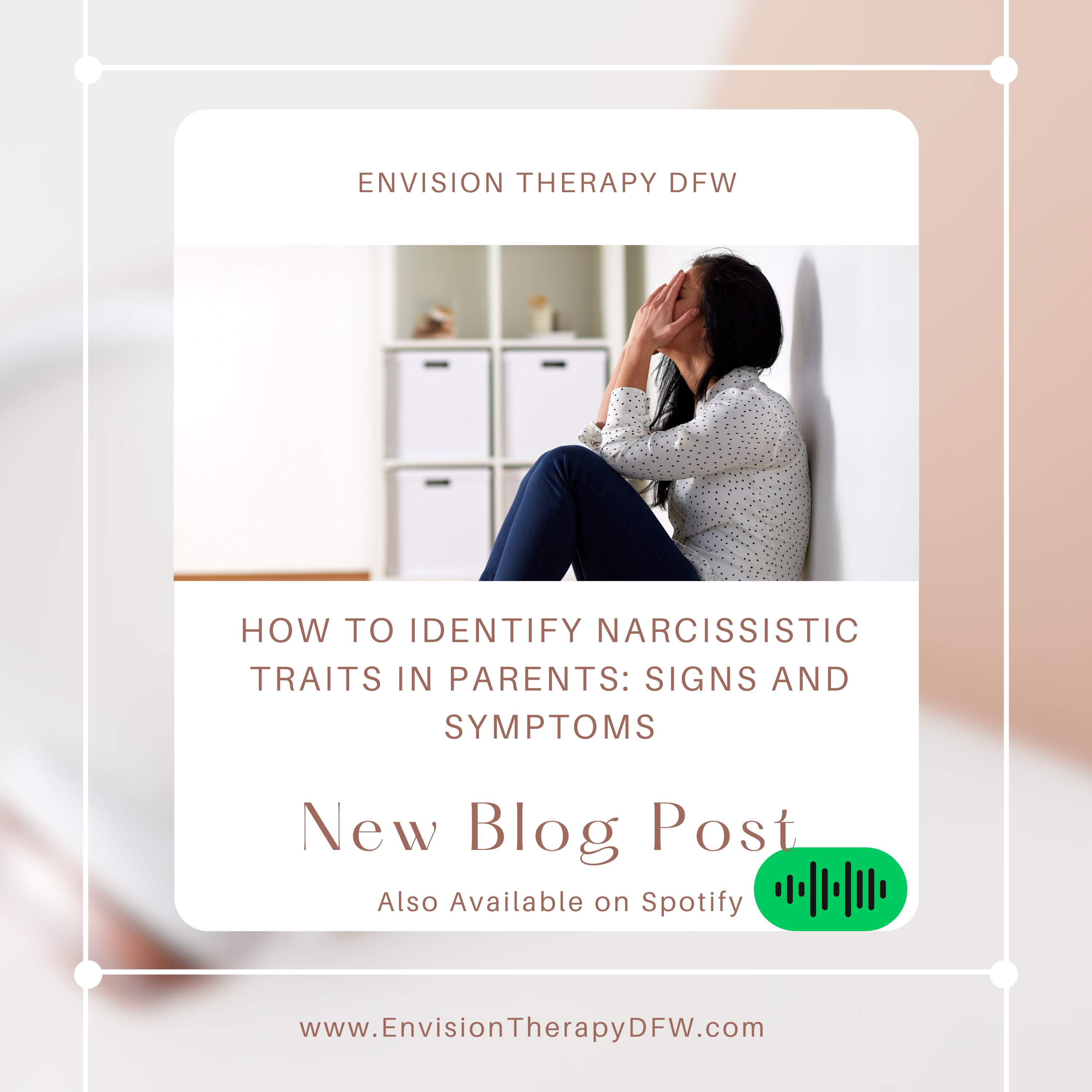How to Identify Narcissistic Traits in Parents: Signs and Symptoms
Identifying narcissistic traits in parents is the first step toward understanding and managing challenging family dynamics. By recognizing signs and symptoms, you can empower yourself to set boundaries and prioritize your well-being.










